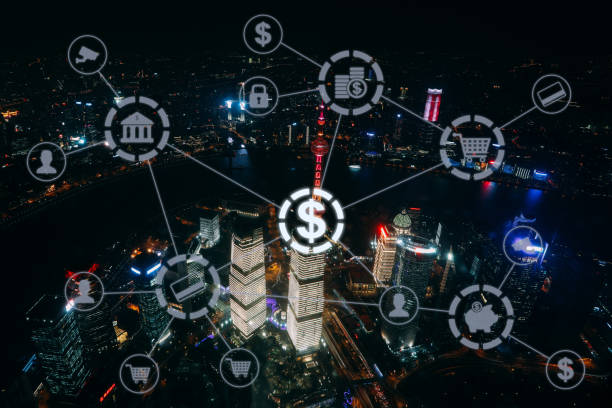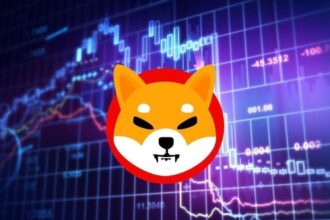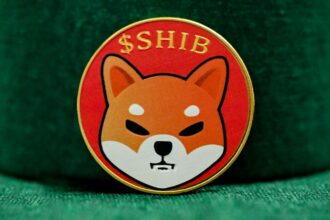Real-world assets tokenization has emerged as a focal point in the decentralized finance (DeFi) industry in recent years, with many touting the development as the next major wave in crypto.
In the past, investing in assets such as real estate, fine art, or private equity required significant capital and often involved complex legal processes. Accordingly, these asset classes were typically reserved for institutional investors or high-net-worth individuals, leaving the average investor on the sideline.
The advent of real-world assets tokenization changes the narrative, opening doors to opportunities that were once out of reach for many low-pocketed investors. Whether you’re an investor or just eager to know more about RWA tokenization, this article will serve as a comprehensive guide.
What is Real-World Assets (RWAs) Tokenization?
Real-world assets are digital tokens developed on a blockchain, representing a physical or traditional asset. From the foregoing, real-world asset tokenization is the process of converting physical assets, such as real estate, art, cash or commodities, into digital tokens on a blockchain.
By digitizing RWAs and representing them as digital tokens on a blockchain, fractional ownership becomes possible. Accordingly, users can purchase tokens representing fractions of these high-value assets, allowing them to diversify their portfolios and participate in markets that were previously inaccessible.
This fractional ownership model democratizes investing, enabling individuals of all backgrounds and financial levels to take part in asset ownership and wealth creation. In other words, real-world asset tokenization breaks down barriers to entry and unlocks access to traditionally illiquid markets and assets.
How RWA Tokenization Works
The process begins with the selection of a tangible or physical asset for tokenization. Smart contracts, which are self-executing contracts with the terms of the agreement directly written into code, play a pivotal role.
Given that there are several blockchains and token standards such as ERC-20, ERC-721, BEP-20 and BRC-20, the next step involves the choice of token standard and determining the blockchain network to issue or tokenize the chosen real-world asset.
Some of the factors to be considered before opting for a fungible or non-fungible token standard are the unique characteristics of the RWA in consideration. Likewise, considering factors such as security, scalability, interoperability and speed is crucial in choosing the blockchain network on which to issue the tokens.
The final step involves the issuance of smart contracts on the chosen blockchain and the minting of tokens based on predefined standards and tokenomics. These tokenized RWAs are then made available in the crypto market, where investors can get fractional ownership.
Potential Benefits of Real-World Assets Tokenization
- Improved liquidity
One of the primary advantages of real-world asset tokenization is the infusion of liquidity into traditionally illiquid markets. This means that assets such as real estate, which often require a lengthy selling process, can now be easily divided into digital tokens, making them accessible to a broader range of investors. This increased liquidity benefits both asset owners and investors alike, fostering a more dynamic and efficient market.
- Enabling fractional ownership
Tokenization of real-world assets also enables fractional ownership. For the uninitiated, fractional ownership entails that investors can now own a portion of high-value assets that were previously inaccessible when tokenized on the blockchain.
This fractional ownership model democratizes investing, enabling individuals of all backgrounds and financial levels to take part in asset ownership and wealth creation.
Notably, this not only lowers the barrier to entry but also facilitates diversification within an investment portfolio, reducing risk and potentially increasing returns for investors.
- Enabling worldwide accessibility
Breaking geographical barriers, RWA tokenization allows investors worldwide to participate in fractional ownership. This global accessibility democratizes investment opportunities and fosters a more interconnected financial ecosystem.
Challenges of RWAs Tokenization
The concept of tokenizing real-world assets mostly gained popularity in 2024 despite emerging in late 2017, meaning that the market is still in its infancy and immature. Therefore, uncertainties regarding regulations, standards, and widespread adoption can pose challenges to investors.
Also, with various platforms and standards for tokenization emerging, there is a risk of market fragmentation. The market fragmentation problem in real-world asset tokenization refers to the lack of standardization and interoperability among tokenized assets issued on different blockchain networks.
This fragmentation creates barriers to liquidity and limits the accessibility of tokenized assets for investors. Presently, tokenized assets may be issued on various blockchain networks, each with its unique standards and protocols.
As a result, investors may encounter difficulties in trading assets across different platforms or accessing liquidity pools that are fragmented across multiple networks. The lack of standardization could also impede cross-chain interactions with RWAs, hindering the overall growth of the tokenized assets market.
Final thoughts
Yes, real-world assets tokenization is quite interesting, with many proponents touting it as the next evolution of finance and the next big thing in crypto. However, taking every other thing on-chain may not come as easy as the case with cash. Moreover, while we hype RWAs tokenization, it bears mentioning that the innovation may just be another swing at security tokens. This implies that tokenized RWAs would likely be under the control of regulatory bodies, thereby throwing off decentralization.





